Gwanseong Solbat Beach (관성솔밭해변)
.0M 20312 2021-08-12
68-24, Yangnam-ro, Gyeongju-si, Gyeongsangbuk-do
+82-54-779-6325
Gwanseong Solbat Beach, formerly Gwanseong Beach, is known for its extremely clean waters, and the connecting pine grove creates a gorgeous semi-circle shape. Nearby in Sindae-ri, Yangnam-myeon is Kolon Garden Golf Club, allowing visitors to enjoy many other leisure activities in the area. The driving course along the coastal road is also popular among visitors.
Jusangjeolli Cliff of Gangdong Hwaam Village (강동 화암 주상절리)
3.2Km 15182 2020-04-23
Hwaam-gil, Buk-gu, Ulsan
+82-52-229-6350
Jusangjeolli are columnar rock formations with cross sections in hexagonal or triangular shapes. The jusangjeolli at the shore of Hwaam Maeul Village were created by basalt lava that erupted in the Tertiary period of the Cenozoic Era about 20 million years ago. The columnar basalt formations were created as the lava cooled and shrank into cracks. The rocks look like wood stacked horizontally or vertically en masse. The length of the columns average around 20 meters and diagonally are about 50 centimeters at the longest cross-section. Of the columnar lava formations on the East Coast, the Jusangjeolli in Hwaam are the oldest, so it is academically invaluable. Shaped in various angles, the rocks also offer a great landscape for sightseeing.
Gyeongju Yangnam Columnar Joint Observatory (경주 양남 주상절리 전망대)
3.4Km 16 2023-04-04
498-13 , Donghaean-ro, Gyeongju-si, Gyeongsangbuk-do
+82-54-775-6366
This observatory was built in October 2017 and allows visitors to enjoy the view of columnar joints of Yangnam, a national geopark. The columnar joints are formed along the shoreline of Eupcheon-ri in Yangnam-myeon. Several different forms of columnar joints can be observed from columnar joints that point upward to those that fan out or lean to the side. In particular, the fan-shaped columnar joint is a rare sight not only in Korea but also worldwide, and thus has been designated as a Natural Monument in 2012. Visitors can also see informational exhibits on diverse geographical resources at the observatory as well as ask for a detailed guide by the geology commentator on-site.
Gangdong Pebble Beach (강동몽돌해변)
3.6Km 10474 2021-07-14
1650, Donghaean-ro, Buk-gu, Ulsan
+82-52-241-7751
For those hoping for a view of the winter sea, or those longing for the engulfing embrace of the clear dark-blue waves crashing into huge rocks, Gangdong Pebble Beach is the place to be. The coastal road, with its beautiful scenery of the sea and mountains, is a popular driving route. With diverse attractions nearby, many vacationers are attracted to this beach in winter.
Badabaragi (바다바라기)
4.6Km 4536 2019-05-24
111, Jeongja 1-gil, Buk-gu, Ulsan
+82-52-282-8866
Badabaragi is a restaurant with an ocean view in the Buk-gu district of Ulsan, specializing in snow crabs and fresh raw fish. Featuring elegant exterior and interior designs, the restaurant also offers some light meal options in addition to sliced raw fish and snow crab dishes. Only the freshest fish caught and delivered each day are served. The restaurant also operates a snow crab market, thereby offers snow crab dishes at affordable prices. A variety of side dishes made with fresh seafood accompany the main dishes. Abalone or conch porridge is available for young children who cannot eat raw fish or snow crab. A popular menu item is jjambbong mulhoe (mixed sliced raw fish with water and spicy sauce).
Gang-dong Sea Water Spa (강동해수온천)
5.4Km 24835 2024-02-20
1418 Donghaean-ro, Buk-gu, Ulsan
Gang-dong Sea Water Spa is a hotspring that utilizes seawater from the sea in front of Jeongja, boiling it at temperatures exceeding 100°C, resulting in high salinity and excellent sterilizing effects. The facility offers a range of baths, including Iodine Bath, Cold Seawater Bath, Hot Seawater Bath, and Trench Hot Bath. Renowned for the exceptional quality of its seawater, the hotspring attracts numerous visitors seeking its therapeutic benefits. The breathtaking view of the sea from the baths adds to the overall experience.
Tomb of King Munmu (경주 문무대왕릉)
9.1Km 58932 2023-01-02
1366-9, Donghaean-ro, Gyeongju-si, Gyeongsangbuk-do
+82-54-779-8743
A little rocky islet approximately 200 meters from the shore at Bonggil-ri is the Tomb of King Munmu (AD 661-681), who unified the three kingdoms and became the 30th ruler of the Silla Kingdom. The king gave specific instructions to be buried in the East Sea after his death so that he would become a dragon and protect Silla from foreign invaders. The rocky island, about 200 meters in circumference, is divided by a cross-shaped waterway, forming a pool at the center, at the bottom of which is a granite stone 3.6 meters long, 2.9 meters wide and 0.9 meters thick. Legend has it that the remains of King Munmu’s cremated body are buried under this rock. Historians still debate whether the ashes of the King Munmu were scattered or stored in an urn and placed under the rock.
Gameunsaji Temple Site (경주 감은사지)
9.8Km 26698 2020-04-04
Yongdang-ri, Gyeonju-si, Gyeongsangbuk-do
+82-54-772-3843
Gameunsaji Temple Site was built by King Munmu (AD 661-681), the king of Silla who unified Baekje and Goguryeo in the late 7th century. The purpose of the temple site was to pray for help and guidance from Buddha against Japanese invasion. Unfortunately, King Munmu passed away before the completion of the temple, and left a will to be cremated and buried in the East Sea so that he may reincarnate as a sea dragon in order to protect the country. As he wished, King Munmu's ashes were scattered at Daewangam of the East Sea. The temple was completed and was named by his son, King Sinmun (AD 681-692) in respect and appreciation for his father.
Gameunsaji Temple Site was rebuilt in 1979 based on the discovery of the site's foundation after two years of archeological research. The three-story stone pagoda at the temple site is a reminent of the early period of unified Silla, assembled with several parts which rise up to 13.4m high, known to be Silla's highest three-story pagoda.
Homeplus Stores - Ulsan Buk-gu Branch [Tax Refund Shop] (홈플러스스토어즈 울산북구)
10.2Km 0 2024-04-23
26, Sindap-ro, Buk-gu, Ulsan
-
Birth Home of Park Sang-jin (박상진의사 생가)
10.6Km 19480 2024-02-20
10 Baksangjin 5-ro, Buk-gu, Ulsan
Birth Home of Park Sang-jin is the residence where Park Sang-jin (1884-1921), an independence activist during the Japanese colonial period, once resided. He devoted all his assets to the independence movement, which led to the decline of his family and the eventual loss of this house to others. However, the government later acquired it, restoring and preserving the property. Comprising six buildings, including sarangchae and anchae, the tiled-roof house represents a yangban's residence built in the 19th century in Korea.
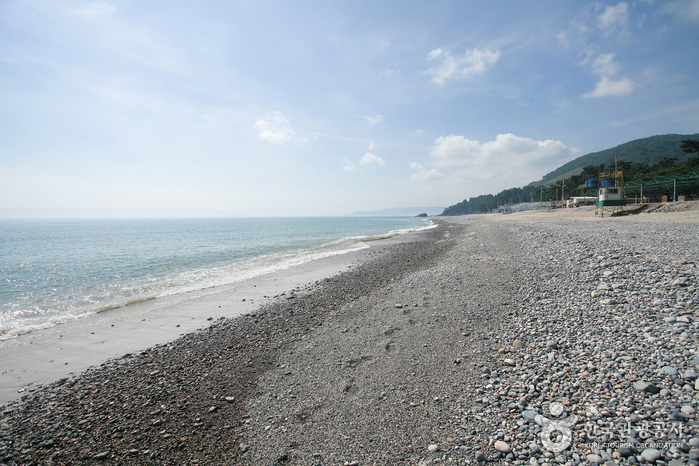
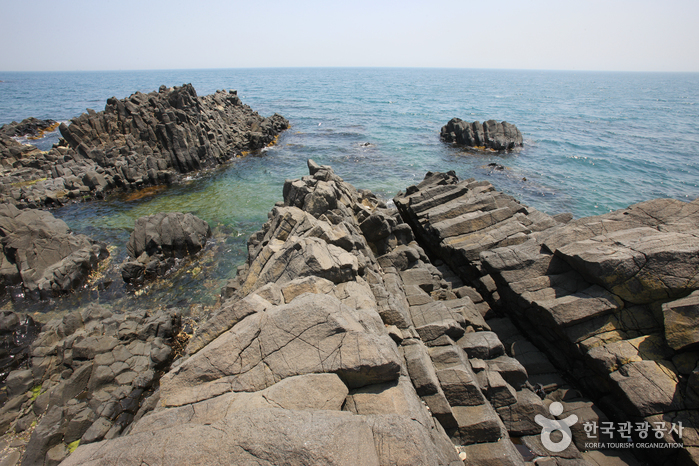

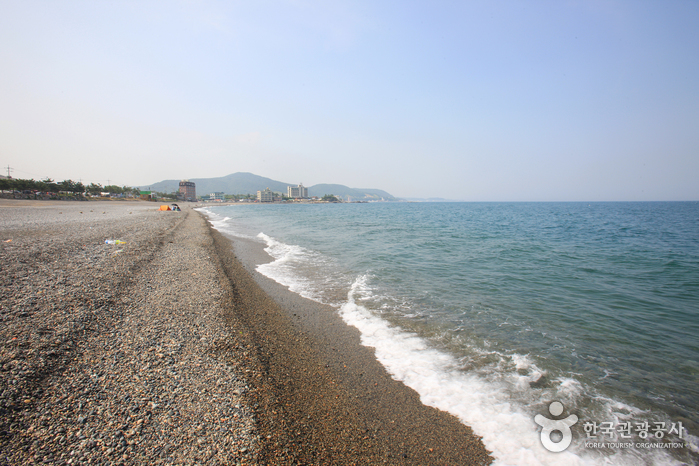
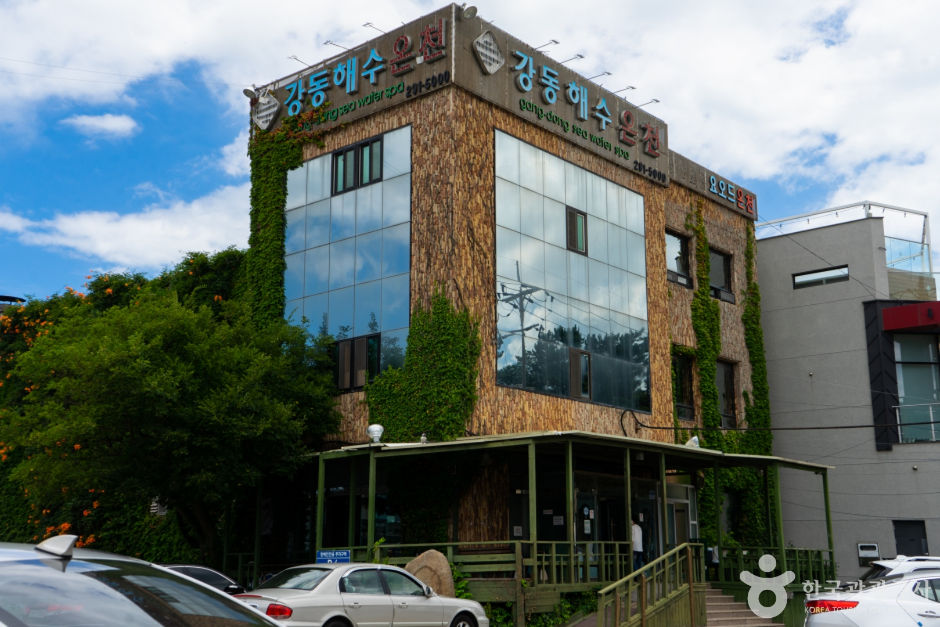
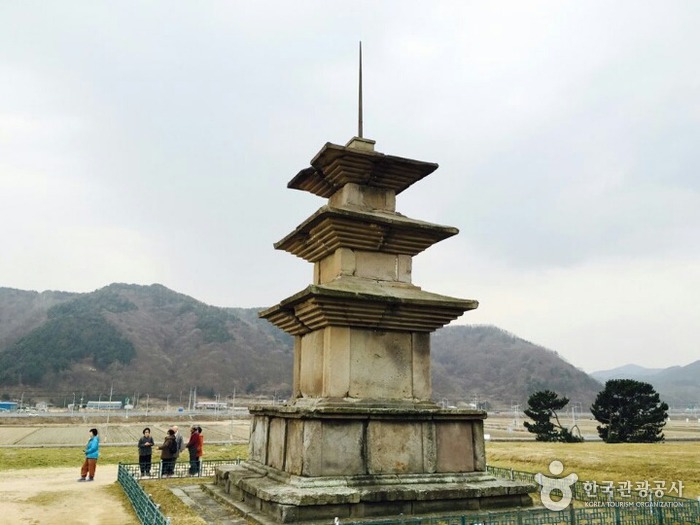
![Homeplus Stores - Ulsan Buk-gu Branch [Tax Refund Shop] (홈플러스스토어즈 울산북구)](http://tong.visitkorea.or.kr/cms/resource/71/2884171_image2_1.jpg)
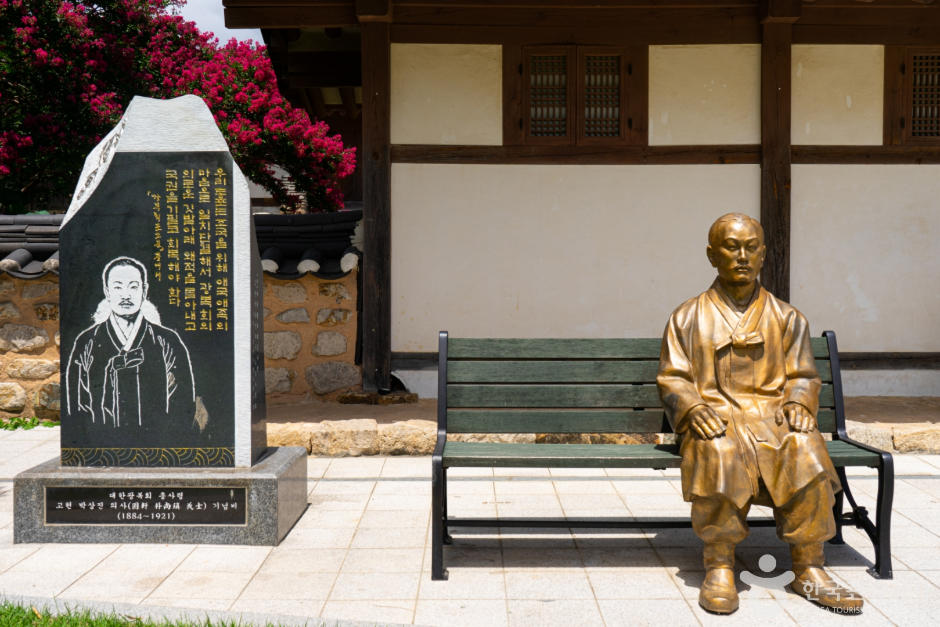
 English
English
 한국어
한국어 日本語
日本語 中文(简体)
中文(简体) Deutsch
Deutsch Français
Français Español
Español Русский
Русский